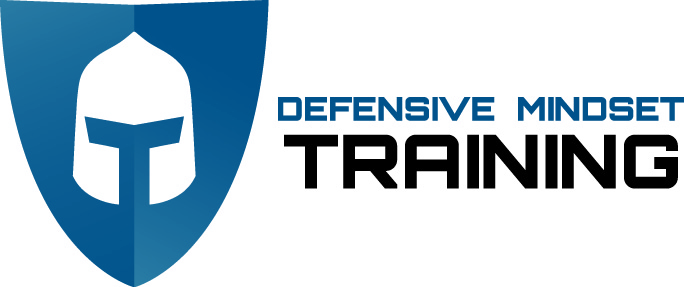how to win in combat
Beau Doboszenski, Owner/Lead Instructor
Originally published Februar 21st, 2019
A few days ago I came across what I believe to be the best training comic strip ever.
(HT: smbc-comics.com)
This strip tells you what most firearms instructors, coaches, or martial arts teachers will never tell you: there’s no magical formula. There are no mystical secrets that we’re teaching our special operations soldiers or MMA fighters. There are no special ninja techniques or skills that some program will imbue you with. Defensive skill comes from physical fitness and effective neurological development and connecting those neurological skills to stimuli response.
1. Develop the neurological skill
The first step is to develop the appropriate neurological skill. When it comes to defensive training, let’s pick a skill to develop, say a draw.
You should start by working each component piece of the draw, as slowly and perfectly as possible. The more perfect repetitions, the better. What’s happening neurologically is that you are conditioning the brain and the proprioceptors in the muscles to all fire in exactly the same way with each rep, over and over and over.
By building this coordination between muscle, vision, and proprioceptive spacial awareness, you are conditioning the brain and body to engage the draw perfectly, every time you start the motion. This means, at faster speeds, your body will unconsciously follow this path that you’ve developed for it.
When you watch firearms experts or top end competitors and wonder how they find alignment so quickly during a draw, this is it. They’ve ingrained this flow of muscle, vision, and proprioception so deeply, that their body doesn’t know of any other way to move. Given that some methods of engaging a defensive draw are more effective than others, you need to choose the optimal draw to make innate rather than picking it out haphazardly.
Understanding this process of learning, DMT offers regular small blocks of instruction. If you give yourself a few minutes at a time, on a regular basis, to deeply focus on this neurological pathway, you’re giving yourself a big boost as compared to those who only do this once a month, or once a quarter, or even once a year!
If you dedicated 5 minutes a day to this development, the rate at which your growth would occur would increase exponentially. That’s why DMT students get homework from classes, and why they look at the OTFT. With its upcoming launch, the content available in the new DMT Online Tactical Firearms Training system is designed to help you get those 5 minutes in each day and see remarkable growth.
2. Develop Stimulus Response
The other half of this development is the stimulus response. The assumption in the comic strip is that by simply being present in the moment of combat, the “in-ness” you developed will emerge. I both agree and disagree.
If you never developed the recognition of the stimulus threatening you, your response times will be slow and potentially off. Take a boxer, as an example. If you taught a boxer perfect punches, had him train diligently on a heavy bag and speed bag, then stuck him in the ring against an experienced fighter, he’d get murdered. The reason is simple: the experienced fighter is used to having something coming at his head. The new boxer was missing one critical element in the training I described, sparring. While the boxer has built the proper neurological pathways to fight, without the sparring he never develops the proper response to the stimulus of fighting.
With firearms defense, stimulus response training is done through scenarios and force on force. It could be simple micro scenarios with SIRT pistols in the classroom, or full scenarios with SIM rounds and gear. However it is achieved, the second half of that neurological pathway must be developed for effective defensive response. Your strong neurological pathways won’t engage under fight stress if they’ve never done it before.
Unlike most competitors’ firearms classes, every single DMT class focuses on developing stimulus response. That means you’re getting the whole development, from the initial pathway conditioning to the response to threat identification stimulus. That’s why DMTers are just so impressive on the range and in scenarios. They’ve seen it all before.
Are you missing out on these development skills, and your range sessions show it? Will your “inner in-ness” help you defend yourself and your loved ones in a real scenario, or are you at the mercy of your conscious brain? Do you know what skills to train, and are you practicing stimulus response?
Start by coming to a weekly DMT class or seminar.

